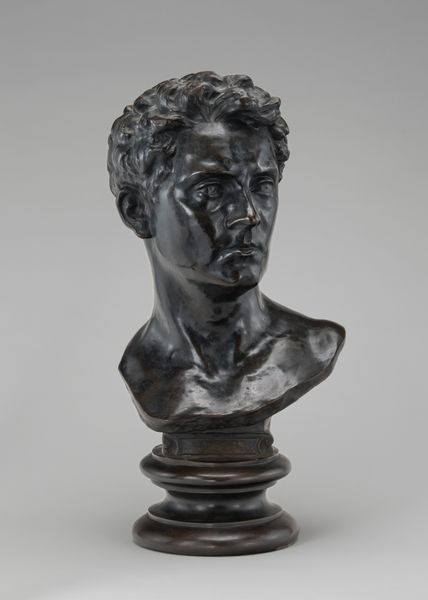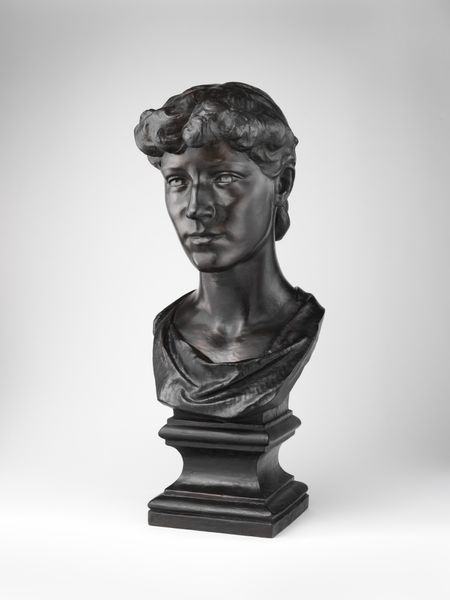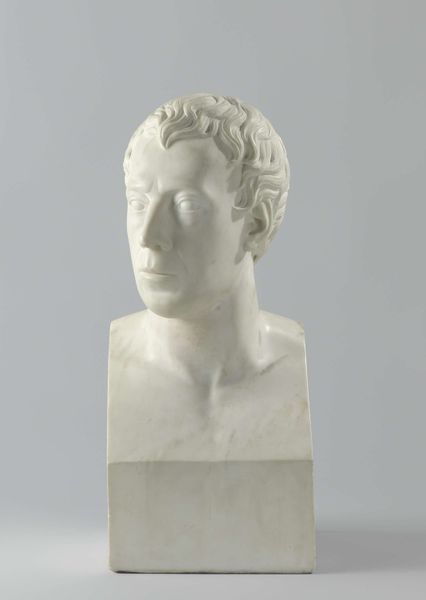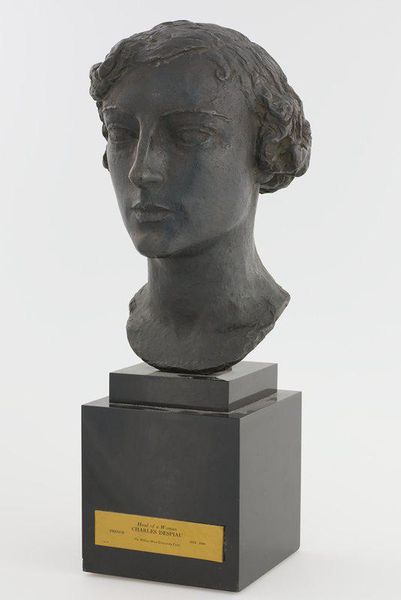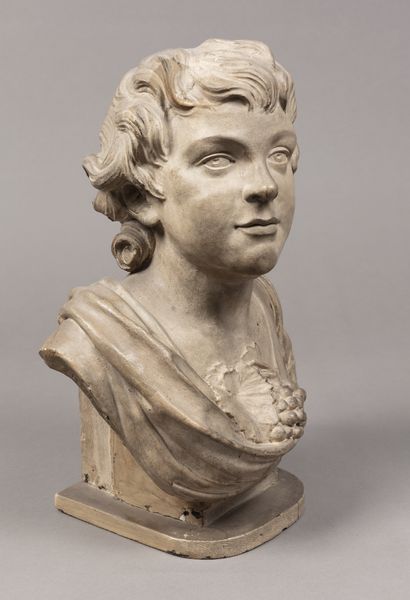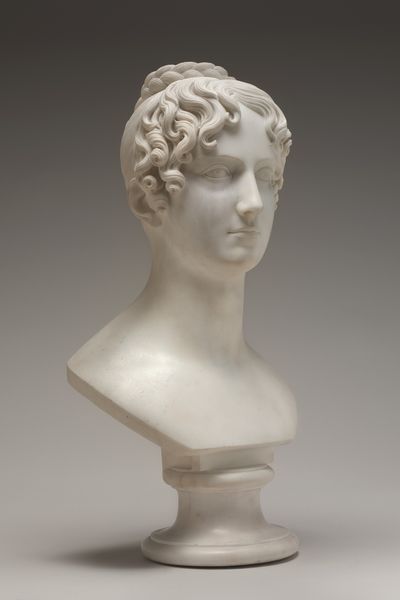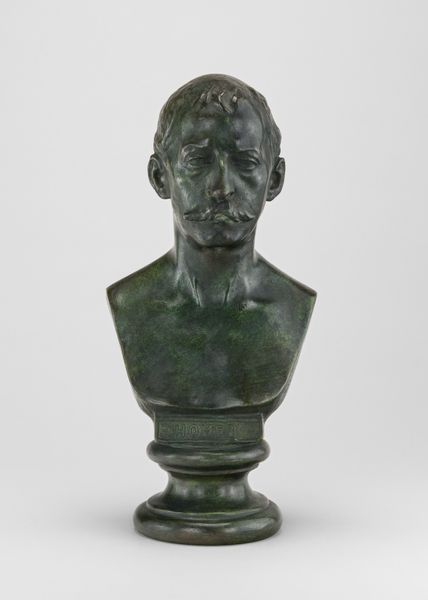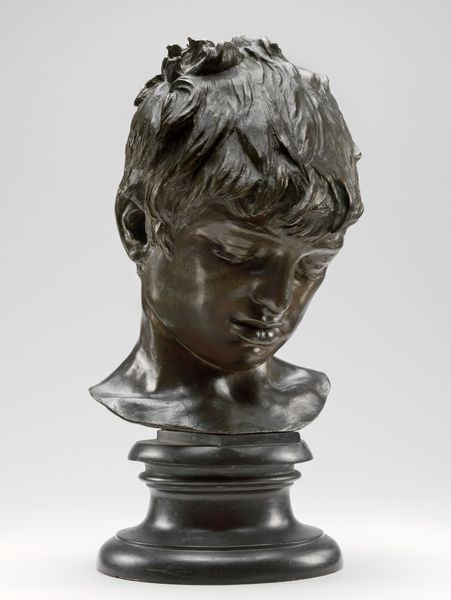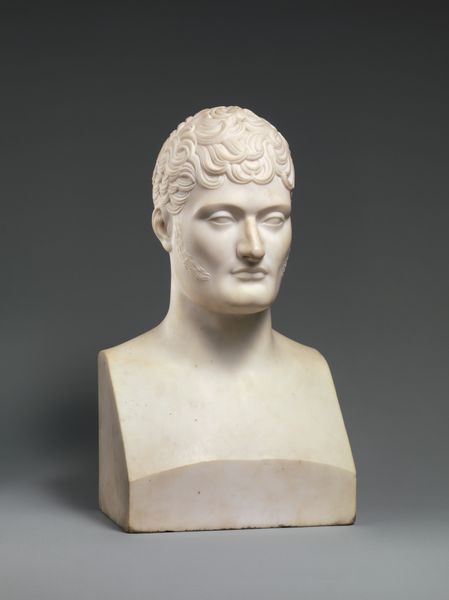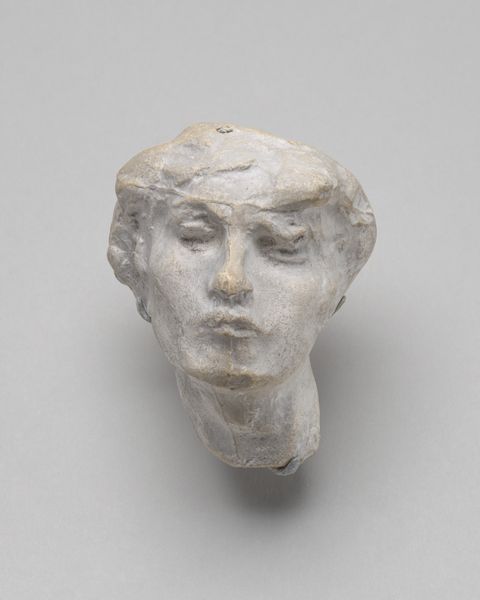
bronze, sculpture
#
portrait
#
sculpture
#
bronze
#
11_renaissance
#
sculpture
Dimensions: overall: 5.1 x 3.8 x 4.3 cm (2 x 1 1/2 x 1 11/16 in.)
Copyright: National Gallery of Art: CC0 1.0
Andrea Briosco, called Riccio, crafted this bronze bust, possibly representing Vulcan, in the late 15th or early 16th century. The figure's open mouth and furrowed brow signify intense emotion, a theatrical expression. Consider the image of Laocoön, a Trojan priest attacked by sea serpents, a piece rediscovered around the same time. The writhing agony of Laocoön became an archetype of human suffering. This sculpture shares the same intensity, reflecting the cultural fascination with extreme emotional states. Images of suffering, like Vulcan's apparent anguish, echo through time. We see them in Renaissance art, Baroque drama, and even modern photography. These expressions tap into our collective memory, engaging viewers on a subconscious level. The raw emotion transcends time, a powerful reminder of humanity's shared experiences. This highlights the cyclical, non-linear way symbols evolve and resurface in different contexts.
Comments
No comments
Be the first to comment and join the conversation on the ultimate creative platform.
